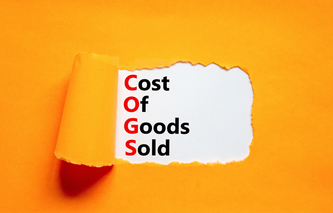Definition
The financial accounting term first-in, first-out refers to one of several approaches to inventory valuation. The first-in, first-out method assumes the oldest items held in inventory are the first items to be sold when determining the value of inventory appearing on a company's balance sheet.
Explanation
Also referred to as FIFO, the first-in, first-out method assumes the oldest items held in stock are the first items to be sold. This is an assumption used to value inventory; the physical flow of items from inventory may differ from this valuation technique.
When the cost of materials is rising, the FIFO method will assign a larger dollar value to ending inventory than under an average cost method. Since the items remaining in inventory at year end are assigned "recent" cost, this approach is viewed as one of the more "realistic" methods to valuing inventory.
Accurate inventory valuation will ensure the proper reporting of assets on the company's balance sheet. It's also important to understand the ending inventory value for one year is likewise the beginning inventory value in the following year. Inventory errors also have an effect on net income. For example, if the beginning inventory is understated, net income in that period will be overstated.
Example
The following table illustrates the FIFO approach to valuing inventory. Company A begins the year with 250 units, adds 400 units throughout the year, and sells 500 units. The ending inventory for Company A is 150 units.
Units | Cost per Unit | Total Cost | |
Beginning Inventory | 250 | $700 | $175,000 |
Additions on March 1 | 100 | $725 | $72,500 |
Additions on June 1 | 100 | $750 | $75,000 |
Additions on September 1 | 100 | $775 | $77,500 |
Additions on December 1 | 100 | $800 | $80,000 |
Cost of Goods Available for Sale | 650 | $480,000 | |
Units Sold | 500 | ||
Additions on September 1 | 50 | $775 | $38,750 |
Additions on December 1 | 100 | $800 | $80,000 |
Ending Inventory | 150 | $118,750 |
The above ending inventory of $118,750 can be used along with the cost of goods available for sale ($480,000) to determine the Cost of Goods Sold:
= Cost of Goods Available for Sale - Ending Inventory = $480,000 - $118,750, or $361,250






